The Seamaster Planet Ocean 600M Co-Axial Master Chronometer represents Omega’s maritime heritage, but instead of a dive test, we expose this watch to the continuous magnetic force inside an MRI.

Dr. Hans-Ulrich Röder inspects the 43.5-mm Omega Planet Ocean with some skepticism. Only then does he reluctantly take off his much more elegant Omega Seamaster Aqua Terra >15,000 Gauss that he’s owned since 2013 and put on the Planet Ocean. Dr. Röder is a radiologist in Heidenheim, Germany, and one of the creators of the Omega Master Chronometer project. He told us he always wanted a watch that wouldn’t be damaged at work, and so we passed his request on to Omega. We designed our extended test to be carried out on and in a magnetic resonance tomograph (MRI) – just right for Dr. Röder and his work.
When Dr. Röder first put the watch on, he didn’t realize that he’d appreciate the dive watch with its orange accents on the gray dial, the ceramic bezel and the rubber strap so quickly. He found the titanium case lighter and the rubber strap more comfortable to wear than he first thought. “It feels perfect despite its size and thickness,” was his pragmatic first impression. Strong contrasts on the dial mean the time is easy to read and its Super-LumiNova coating creates a beacon of light at night.
“The rotating bezel ratchets nicely,” Dr. Röder continued, but its size makes it a killer with a regular shirt cuff. Oh, well – we’ll let him put the Aqua Terra back on for a night at the opera. The chronometer-certified Omega manufacture Caliber 8900 in the Planet Ocean has a power reserve of 60 hours provided by two barrels, so it’s just fine to let it relax on the bedside table over the weekend.
But here’s where we were wrong. On Sunday morning, Dr. Röder had to get back to work. By this time he had come to appreciate the advantages of the Planet Ocean’s rotating ceramic bezel, and not just for diving and swimming, for which it is well suited and easy to read under water. He also used the bezel to time his cycling and jogging, for boiling eggs and steeping tea, for timing his phone calls and while watching sports. This is the world’s first gray ceramic bezel made of silicon nitride with a dive track made of Liquidmetal — an alloy that is considerably harder than steel, blends seamlessly with ceramic, and is extremely resistant to scratches and corrosion.
Regarding the Planet Ocean’s qualifications as a dive watch, it has a unidirectional rotating bezel; a screw-down crown in a case tube; an unusually thick, domed sapphire crystal; and a case design that withstands pressure to 60 bar. The Master Chronometer-certified Planet Ocean is remarkable for its incredible resistance to magnetic forces. Omega cites its resistance to magnetic fields up to 15,000 gauss (1.5 teslas). And it is precisely this kind of magnetic field to which we subject the Planet Ocean during our months-long test at Dr. Röder’s radiology office.
First, when worn on the wrist, it comes to the edge of the MRI machine and is exposed to a constant and often changing magnetic field. Dr. Röder notes positively that the minimal deviation in rate is no more than 1 second per day, and usually even less. But then the watch is put into the MRI – first by itself, and then on the doctor’s wrist. In both instances, it continues to run trouble-free.
Dr. Röder is impressed and comes up with the idea to “examine” the Planet Ocean in its natural medium – water – and not just to record photographic evidence. In the MRI, “we’ll see very little of the watch,” he tells us, to our disappointment, “because the metal causes a loss of signal.” He knows this from viewing titanium medical implants such as hip replacements. “But,” he continues, “we will prove that the watch can survive centrally in the magnet, in a coil with changing measurement sequence and strong gradient fields that change in milliseconds. If it works, we’ll be the first ones to show proof of it.” Dr. Röder openly admits his excitement and explains the difference between this experiment and the tests carried out by Omega. The manufacturer guarantees magnetic field protection up to 15,000 gauss, measured in a static field of a permanent magnet. In contrast, the MRI provides a constantly changing mag- netic field. Whirlwinds, vibrations and high-frequency waves produce the images in a matter of milliseconds, creating a much higher load for the watch than a permanent magnet. Dr. Röder calls it “turbo-spin echo sequences with a high turbo factor.” Whatever that might mean to the uninitiated, the test result is, like the meaning of the word, a real turbo performance. “Nothing rattles this watch or the movement,” Dr. Röder confirms.

Back at the editorial office, the Seamaster Planet Ocean shows the same excellent rate results as it did before its months-long stay inside the MRI – only the amplitudes are somewhat lower. But this is no great concern. Following our earlier tests in magnetic fields of up to 70,000 gauss, which were only brief snapshots, our extended test proves that Omega’s Master Chronometers can withstand prolonged loads in constantly changing magnetic fields and are extremely useful and suitable for everyday wear.
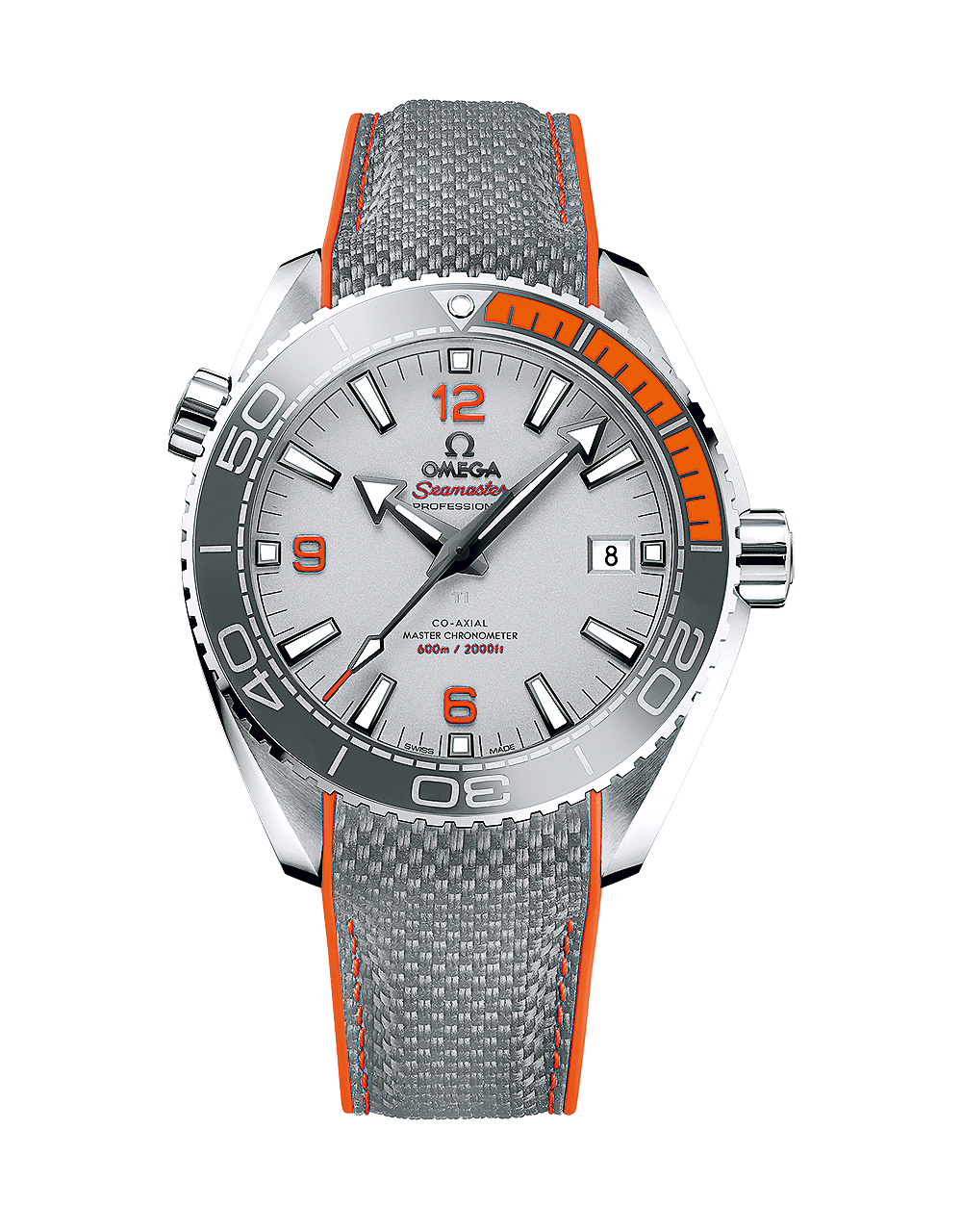
SPECS:
Manufacturer: Omega S.A., Stämpflistrasse 96, 2504 Bienne, Switzerland
Reference number: 0215.92.44.21.99.001
Functions: Hours, minutes, central sweep seconds, date, time-zone function, rotating dive bezel, screw-down crown, helium escape valve
Movement: Omega 8900, automatic, COSC certified, certified by METAS to be antimagnetic to at least 15,000 gauss, 25,200 vph, 39 jewels, Nivachoc shock absorption, titanium balance, Silicon (Si14) hairspring, screw-type fine regulation, 60-hour power reserve, diameter = 30.0 mm, height = 5.50 mm
Case: Titanium with ceramic bezel, water resistant to 600 m
Strap and clasp: Rubber strap with single-sided folding clasp
Rate results (Deviation in seconds per 24 hours, before/after MRI test)
Dial up +2.1 / +1.7
Dial down +0.4 / +1.2
Crown up +1.1 / –2.8
Crown down –0.3 / +2.9
Crown left +1.3 / +3.5
Greatest deviation 2.4 / 6.3
Average deviation +0.9 / +1.3
Average amplitude:
Flat positions 278° / 271°
Hanging positions 252° / 248°
Dimensions: Diameter = 43.5 mm, height = 16.2 mm, weight = 104 grams
Variations: With titanium bracelet; stainless- steel case with leather or rubber strap or stainless-steel bracelet; various dials and bezels; Sedna gold case; with diamonds
Price: $8,100
Photos by Dr. Hans-Ulrich Röder, the author, and Omega.

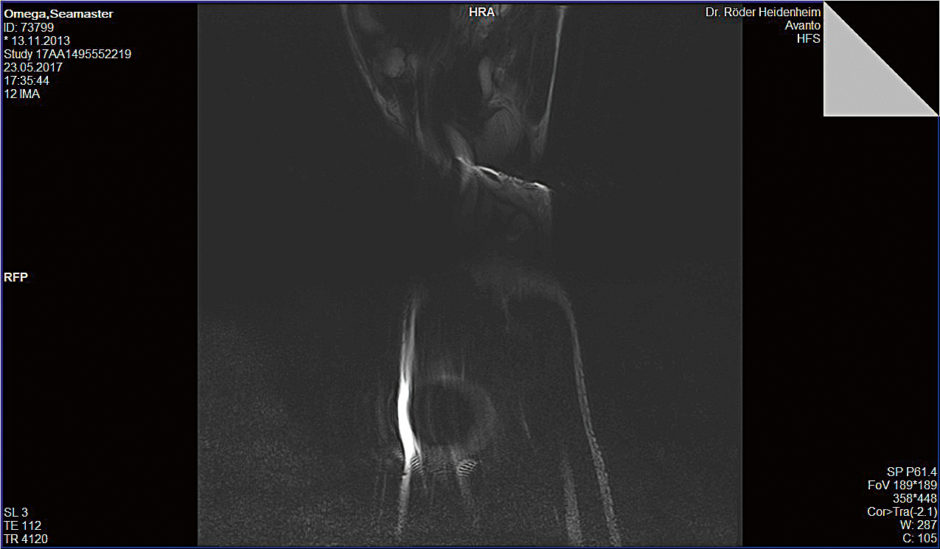
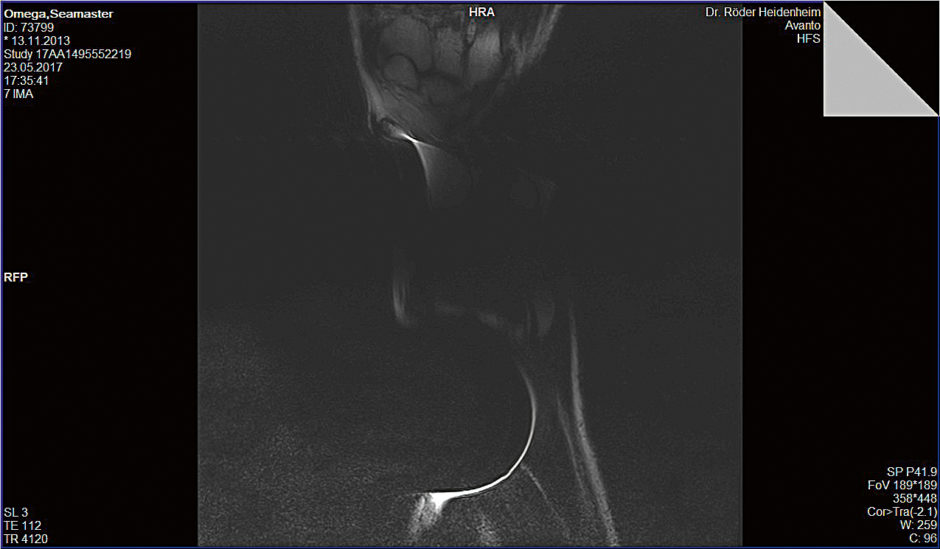
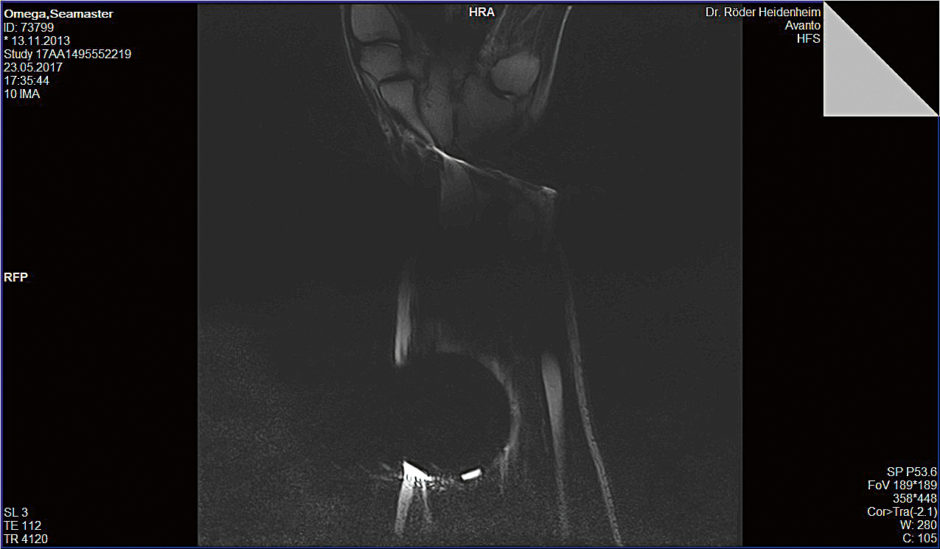
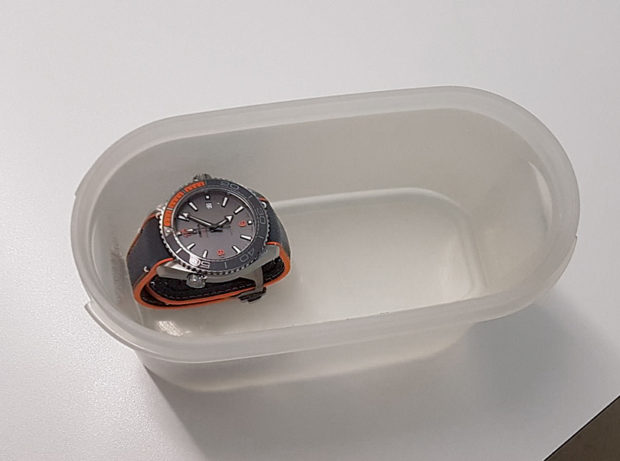
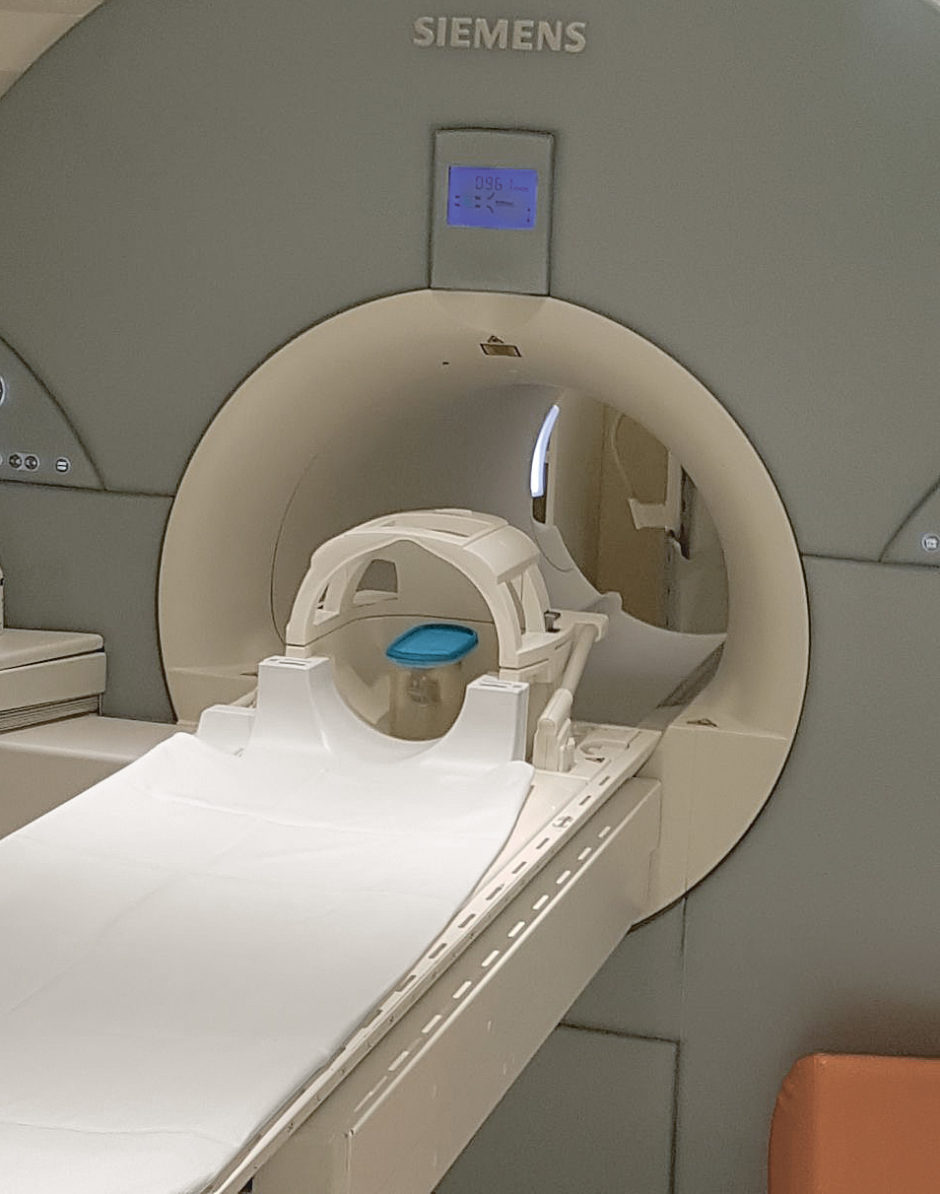
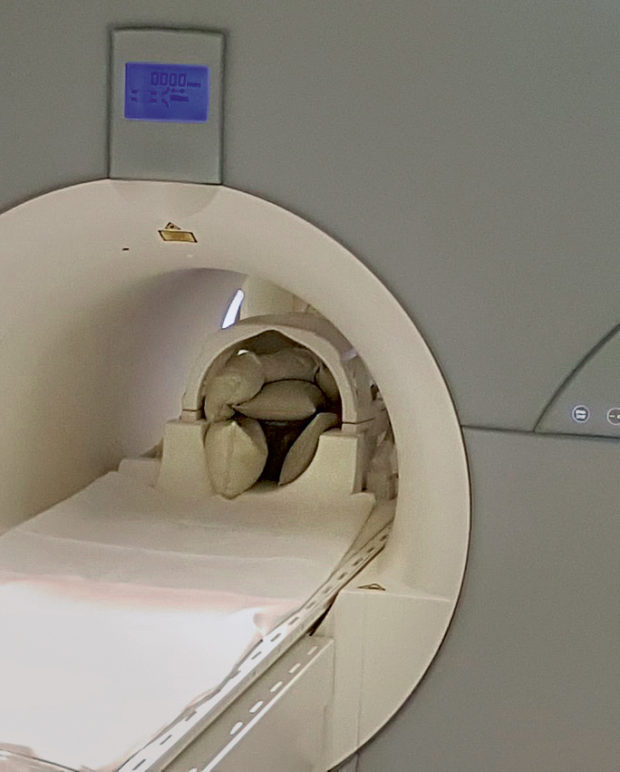
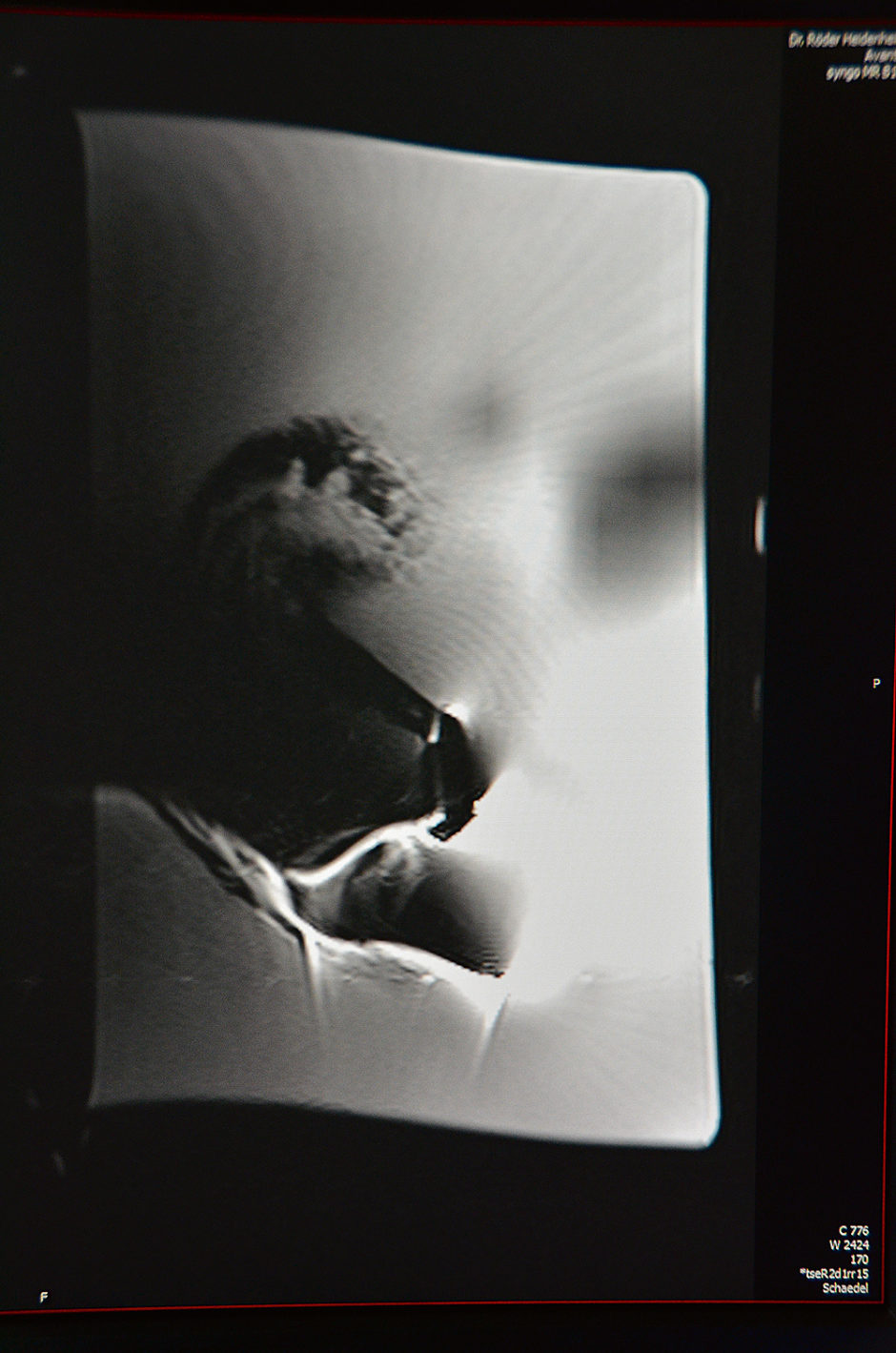

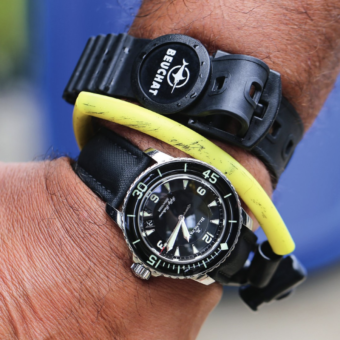
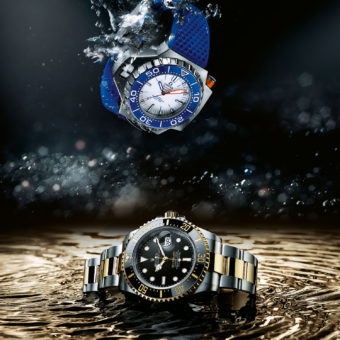
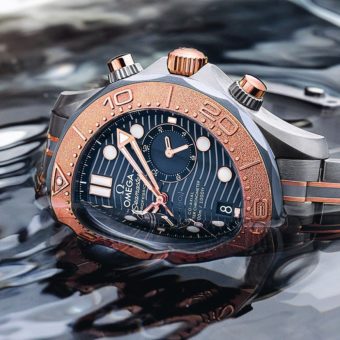


I WORK IN MRI AND IN C.T I HAVE A PLANET OCEAN GOOD PLANET. WHAT I’M LOOKING FOR IS A WATCH THAT IS SHOCK RESISTANT AND ABLE TO GO IN A 3T MRI ROOM THATS WHAT I NEED DO YOU KNOW IF THERE IS ANY OMEGA LIKE THIS OR OTHER BRANDS
Great article read with interest as a surgeon who wears a PO in steel from time to time. Of course my steel version cannot go into an MRI but good to know the movement could and really cool to have these photos. Could you send some more?
You’re Omega! Can’t you do something better than 50 mm thick, Yes I’m joking, but still. Make something happen that excites us!
And one more thing – Avanto is a 1.5T MRI, what about the 3T Systems?
A lot of radiologists in Germany are women. Some of us, including me, would like to wear a watch during work. And some of us are also interested in mechanical watches, despite the widespread belief that women are only interested in fashion, meaning that they don’t mind if they wear a quartz-watch, as long as the design is right. So my question: Does Omega plan to build MRI-compatible mechanical watches for female radiologists? I mean much smaller and maybe more feminine ones (my ideal…)
Really enjoyed the read, i work as an engineer manufacturing these magnets. I have the same mind set as Dr Hans-Ulrich Röder and Michaela Angelescu i appreciate mechanical watches which comply to COSC certification.
For me the Omega Seamaster Aqua Terra >15,000 gauss referred to as (Bumble bee) due to black and yellow second hand was the pioneer. This watch was the first with the Si14 silicon balance spring, and what i enjoy most is, it states it on the face “>15,000 gauss”. Further more every Omega watch after this has the same technology applied. So to answer your question Michaela every Omega you buy even the smaller female watches have this tech applied so they are all antimagnetic with out the use of faraday cages. Id personally like to see a continuation of the >15,000 gauss on the watch face.
I would further like to know more regarding the 70,000 gauss which we also manufacture and watches which may be able to withstand this field.
Interesting work which i am very interested in and happy to corporate in any further studies, Thank you.
Great command.
Yes, women are in the watch world by most of us men typed as only design counts.
No mechanical interest, only quartz.
Lucky you are the opposite of the general belief. I hope Omega wil hear you.
Look at Ulysse Nardin, they have many lady watches with interesting mechanical movements, but i do not know it’s magnetic resistance. They are equipped with silicon springs, so a bit anti magnetic.
The Omega Planet Ocean of this article was almost on my wrist. At the end i bought a 300 diver with the famous wave dial.